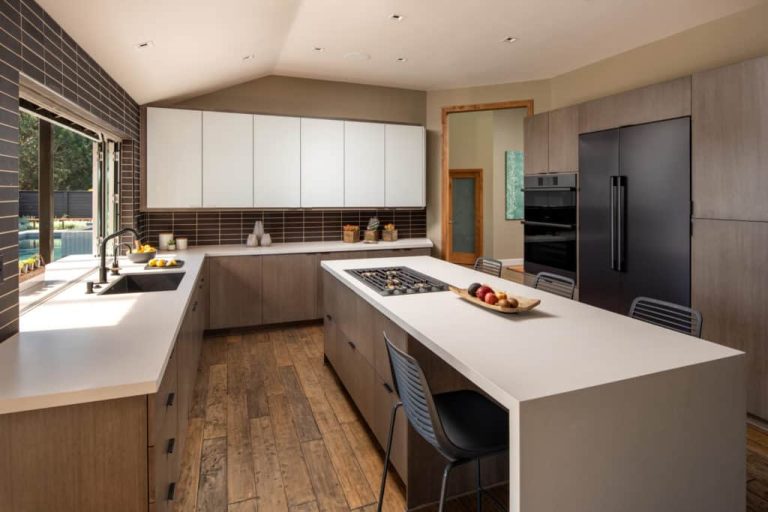

Selecting the right wood material for your Ready-to-Assemble (RTA) cabinets is crucial for achieving the perfect balance of durability, functionality, and style. The material determines how well the cabinets withstand wear and tear, their overall aesthetic, and their cost-effectiveness. Here’s a comprehensive guide to the best wood materials for RTA cabinets to help you make the right choice.
Solid wood is the benchmark for high-quality cabinetry. Known for its unmatched durability and timeless beauty, it’s a preferred material for homeowners seeking premium finishes.
Plywood is a top contender for RTA cabinets, offering excellent strength and stability. It’s composed of layered wood veneers glued together, creating a material that resists warping and cracking.
MDF is a composite material made from wood fibers and resin. Its smooth surface and affordability make it a popular choice for RTA cabinets, especially for painted finishes.
Particleboard is made from compressed wood chips and resin. While it is the most budget-friendly option, its durability and performance are lower than other materials.
Hardwood veneers consist of thin layers of real wood applied over a plywood or MDF core. They combine the beauty of natural wood with the strength of engineered materials.
| Material | Durability | Cost | Key Features | Common Uses |
|---|---|---|---|---|
| Solid Wood | High | $$$$ | Timeless beauty, can be refinished multiple times | Doors, high-end cabinets |
| Plywood | High | $$$ | Strong, warp-resistant, lightweight | Cabinet boxes, shelves, panels |
| MDF | Medium | $$ | Smooth surface for painted finishes | Painted doors, decorative panels |
| Particleboard | Low | $ | Affordable and lightweight | Internal components, low-traffic areas |
| Hardwood Veneer | Medium-High | $$$ | Premium wood look with stable core | Doors, decorative surfaces |
Choosing the right wood material for your RTA cabinets depends on your budget, design goals, and functional needs. For high-end durability and natural aesthetics, solid wood and plywood are the best choices. If you’re looking for an affordable yet stylish option, MDF or hardwood veneers are excellent alternatives. For budget-friendly projects, particleboard works well in low-traffic areas. With the right material, your RTA cabinets can be both beautiful and long-lasting.


Join our professionals program for exclusive discounts on all purchases. Become a Pro Member